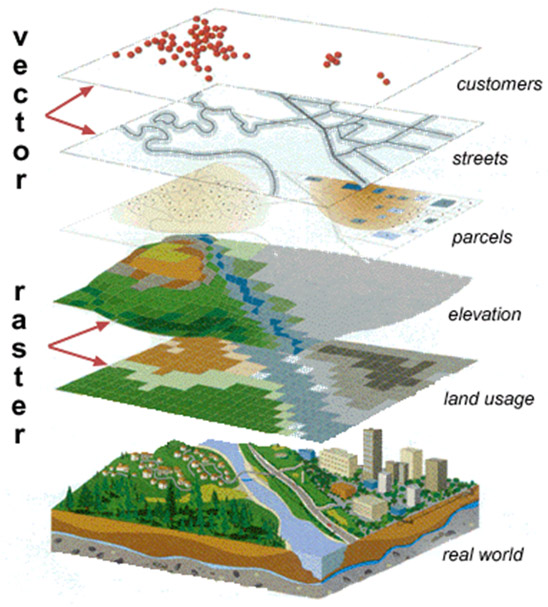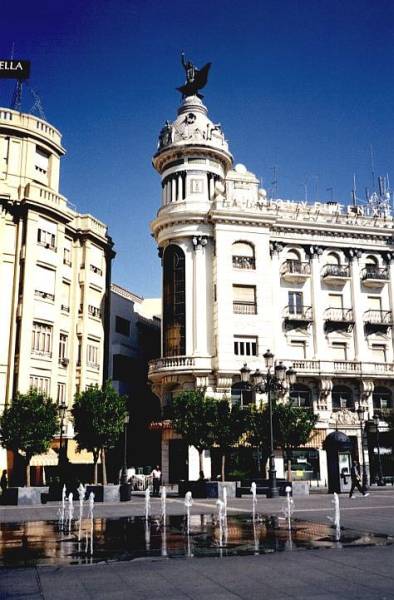This belated post is inspired by Richard T LeGates and Frederic Stouts' Modernism and Early Urban Planning.
 |
Haarlem City Map 1550 |
Historically people settled together for trade, religion, services, and safety. This often occurred is strategic locations, with the convergence of numerous transport routes, and was the seat of administration and law enforcement.
The benefits of common settlement were accompanied by numerous issues such as poor sanitation, over crowding, poverty, crime, and poor health.
 |
One of Riis' famous
How the Other Half Lives
photographs. |
The emergence of the industrial cities of the 18th and 19th centuries saw mass migration of rural people to the urban areas to work in the factories creating incredible deprivation and social polarisation.
In London the increase of port, factories and the importance of the financial district saw the population increase from 800,000 in 1800 to 1.8 million in 1840. Similarly in New York the population grew from just under 500,000 in 1860 to over 5 million by 1910.
These massive population increases saw urban issues, such as poor sanitation, over crowding, poverty, crime, and poor health, further exacerbated.
 |
| Queen Street Mall in Brisbane. |
To combat these issues modern planners created a number of planning theories to combat what they saw as social ills.
Ultimately the early urban planning theories were about the creation of cities are for the people in them.
I think that is still the ultimate aim of planning today. The challenges and issues may have evolved, but the greatest driver is still about creating cities that have a positive influence on the people that live in them.
























